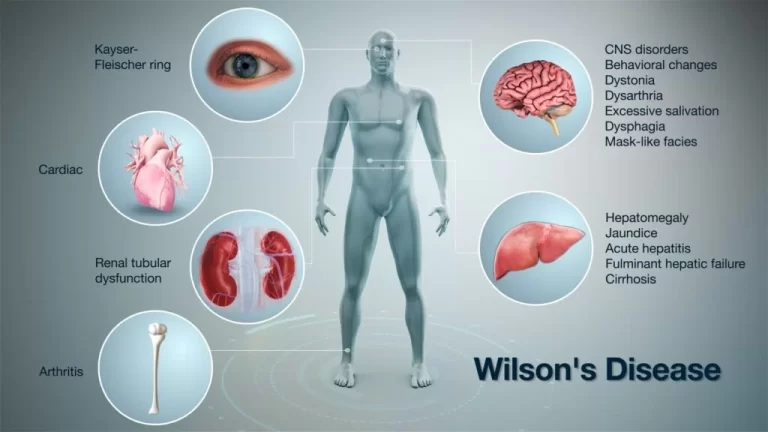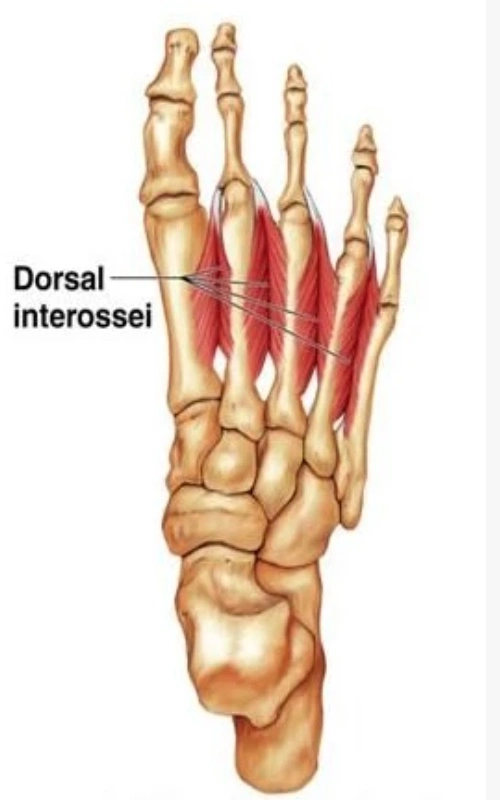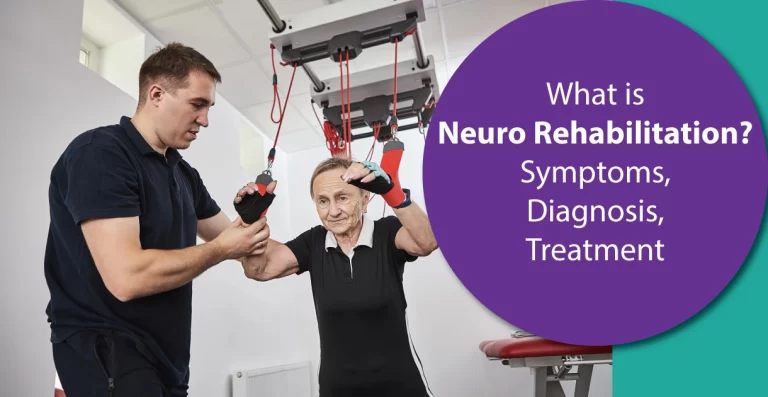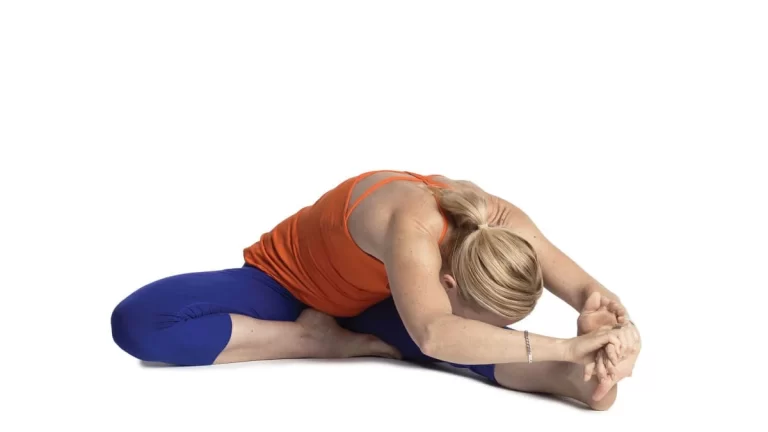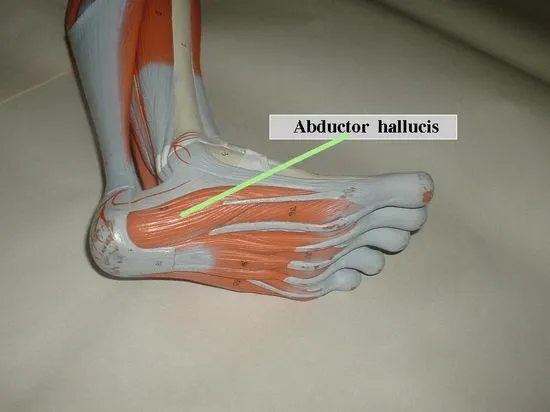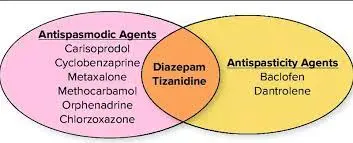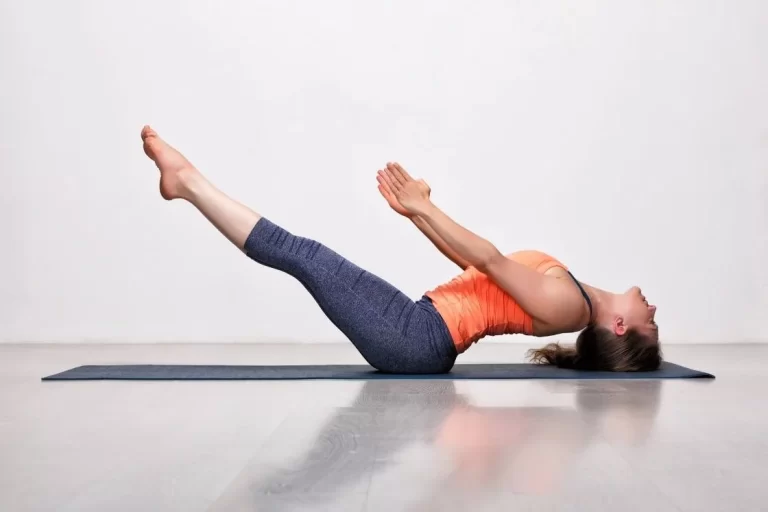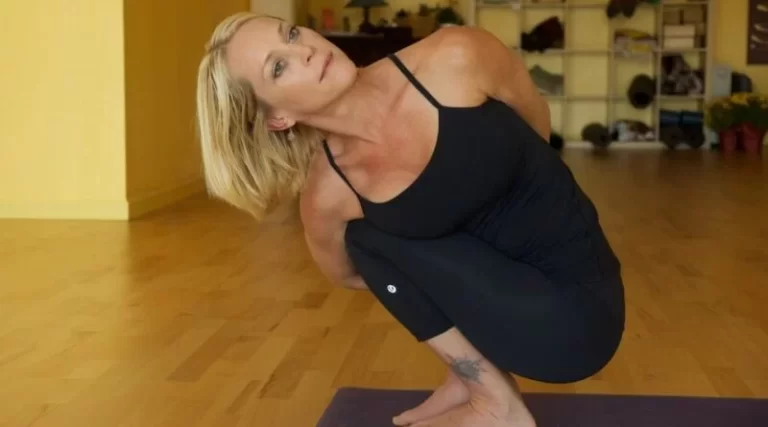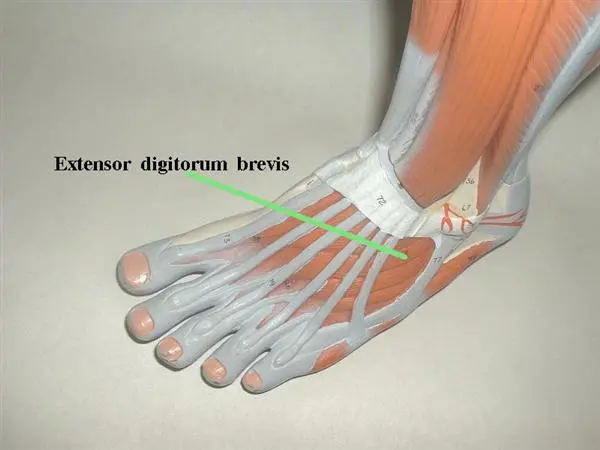Wilson’s Disease
What is Wilson’s disease? Wilson’s disease, also known as hepatolenticular degeneration, is a rare genetic disorder characterized by the accumulation of copper in the body, primarily affecting the liver and brain. It is an autosomal recessive disorder, which means that an individual must inherit a mutated gene from both parents to develop the condition. (Wilson’s…

